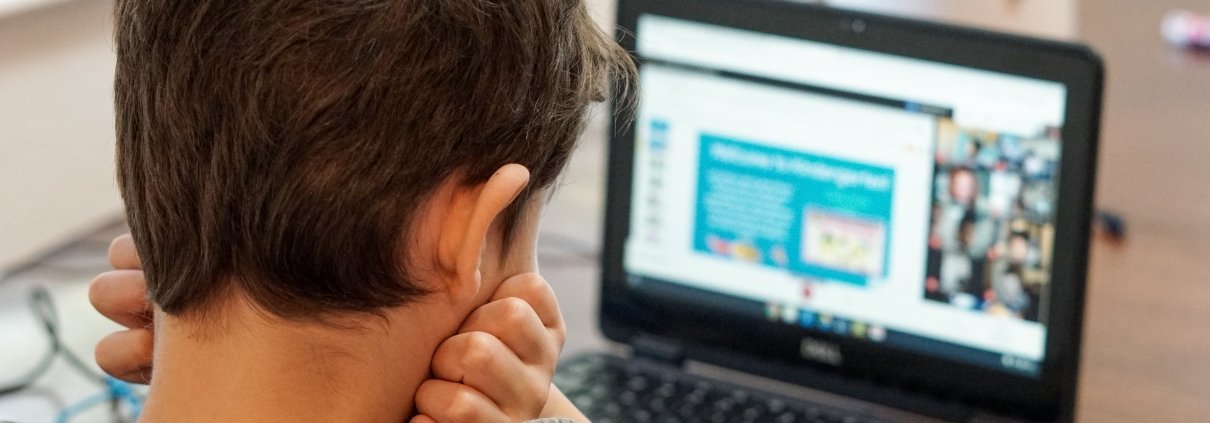Distance Education and Disability – Is inclusion possible? An Interview with Maria Teresa Lingua – Teacher
In this short interview, Prof. Maria Teresa Lingua – coordinator of the Support Department of the
I.I.S. Vallauri of Fossano (Cuneo) – tells us about the experience of Distance Learning applied to
students with disabilities during the lockdown period due to the COVID emergency. Vallauri is a high
school and the average age of students ranges from 15 to 19 years.
1) How did the support teachers of disabled students deal with the prolonged closure of schools resulting from the COVID related lockdown?
Despite the many problems related to the emergency situation that suddenly arose, the teachers of
the Special teachers Department organized and conducted remote teaching activities taking into
consideration the student’s individual disability and the type of programming being studied, with the
aim of adopting appropriate teaching methods to individual case needs. After some initial
confusion, and through close and exhaustive coordination between support colleagues and class
council coordinators, it was possible to standardize the way in which the lessons were to be carried
out in distance learning. The online platform Google Meet was used in situations where the disabled
students did not encounter serious difficulties and/or in cases involving minimum objective
programming. For more difficult situations, WhatsApp video calls were used with the help of
parents and assistants.
2) How did you handle teaching for the most serious disabled students during the distance learning period?
Unfortunately for the most serious disabled students, it was only possible to make video lessons:
links to the videos were provided as were educational cards on which to work. The relationship with
them and their families was critical given the difficulties for these students to connect and
communicate through any devices. In the case of pupils without a personal computer or in the
absence an internet connection, the work material was still sent to the families, or leaving a copy to
the Institute. Certainly, for disabled students the social aspect was very much compromised due to
the lack of contact with their peers. To remedy the problem and whenever possible, an attempt was
made to have the pupil participate in classes in the morning while in the afternoon they worked
individually with the support teacher.
3) What were the most critical issues of distance learning concerning the disabled students?
The lack of interpersonal relationships has certainly compromised the process of integration within
this class group further amplifying the difficulties that already exist in a "normal" context, especially for the most serious of the disabled students. A separate chapter, on the other hand, concerns the
difficulties associated with accessing IT tools, which are not always suitable for students who have
special difficulties in using them.
4) Can there be inclusivity with distance learning?
It depends on how distance learning with disabled students is managed and the level of their
severity. For students who were able to actively participate in online lessons, the critical issues were
more contained even if the relational aspects were still incomplete. Certainly, inclusiveness has been
compromised for the most serious of the disabled students, not only in terms of didactic and relational aspects, but also due to problems related to connection difficulties that have limited the
relationship of these students to only their support teacher.
(contribution by prof. Alberto Barbero from Dschola Association)
Photo by Thomas Park on Unsplash





Leave a Reply
Want to join the discussion?Feel free to contribute!